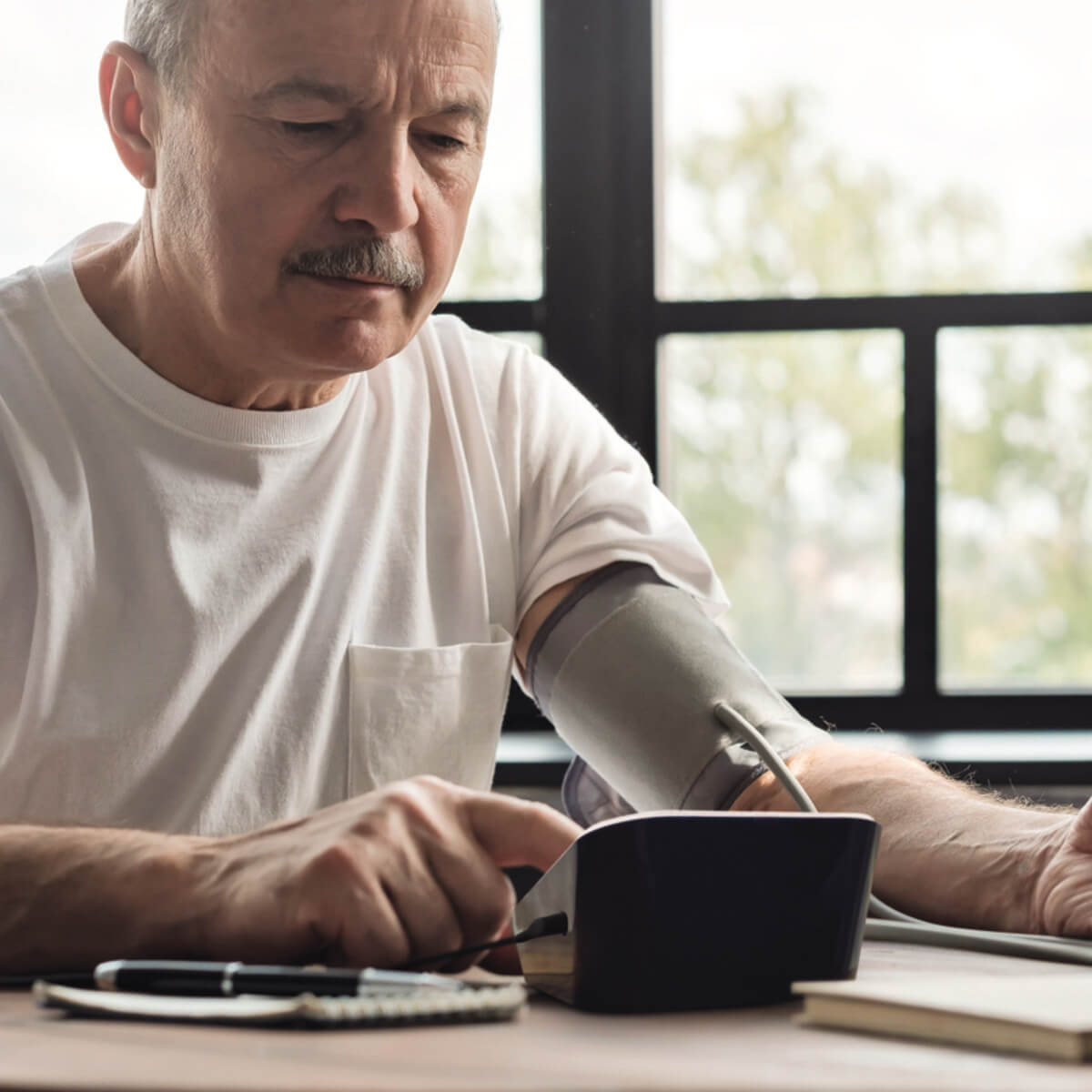Remote Patient Monitoring (RPM) utilizes technology to track patient health data outside traditional healthcare settings, offering real-time insights and proactive interventions. Among its many benefits, RPM has emerged as a potent tool in reducing hospital readmissions, a crucial factor in improving patient outcomes and cutting healthcare costs.
The Challenge of Hospital Readmissions
Hospital readmissions, when a patient returns to the hospital shortly after discharge, have long been a concern in healthcare. Not only do readmissions affect patients' well-being by disrupting recovery, but they also strain healthcare resources and inflate costs. Several factors contribute to readmissions, including inadequate post-discharge care, medication errors, and insufficient patient progress monitoring.
Enter Remote Patient Monitoring
RPM leverages various technologies such as cellular devices, mobile apps, and sensors to collect and transmit a patient's health data to healthcare providers in real-time. This continuous flow of information enables clinicians to monitor vital signs, medication adherence, and other relevant metrics remotely. By doing so, healthcare professionals can promptly identify any concerning trends or anomalies, allowing for early intervention and personalized care plans.
Specific Ways RPM Helps Reduce Readmissions
RPM offers several specific ways to reduce hospital readmissions:
- Early Detection of Health Deterioration
RPM devices can be used to monitor vital signs like heart rate, blood pressure, and oxygen levels. Any anomalies or concerning trends are flagged in real-time. This early detection allows healthcare providers to intervene promptly, preventing minor issues from escalating into severe health complications that might otherwise lead to readmission.
- Medication Adherence Monitoring
Non-adherence to medication regimens is a common cause of readmissions. Some RPM systems track patient medication adherence through reminders and notifications. Healthcare providers receive alerts if a patient misses a dose or deviates from the prescribed medication schedule. Addressing these issues promptly can prevent exacerbating conditions that could otherwise necessitate hospitalization.
- Customized Care Plans
RPM generates a wealth of data about a patient's health status and trends. Healthcare providers can use this information to tailor personalized care plans for each patient. By analyzing the collected data, they can make informed decisions about treatment adjustments or lifestyle modifications, reducing the risk of complications and readmissions.
- Post-Discharge Monitoring and Support
After being discharged from the hospital, patients can still be monitored remotely via RPM systems. This ongoing monitoring ensures that patients receive consistent support and interventions, preventing potential complications and providing reassurance during the crucial post-discharge period.
- Chronic Disease Management
For patients with chronic conditions like heart failure, COPD, diabetes, or hypertension, RPM plays a vital role in managing these conditions remotely. Continuously monitoring key health indicators allows for early identification of exacerbations, enabling timely interventions to prevent hospital readmissions.
- Improved Communication and Care Coordination
RPM facilitates better communication between patients and healthcare providers. With some RPM systems, patients can quickly contact their healthcare team with concerns through secure messaging systems or telehealth appointments. This enhanced communication and coordination help address issues before they escalate, potentially avoiding readmissions.
By employing these specific strategies, Remote Patient Monitoring effectively addresses the underlying factors contributing to readmissions, thereby reducing the recurrence of hospital visits and improving overall patient outcomes.
Real-World Impact
Several studies and real-world implementations have demonstrated the effectiveness of RPM in reducing readmissions. Institutions integrating RPM into their care protocols have reported significant decreases in readmission rates across various medical conditions, including heart failure, chronic obstructive pulmonary disease (COPD), diabetes, and post-surgery recovery.
Consider the following statistics:
- RPM has helped Frederick Health’s Chronic Care Management (CCM) program, a division of Frederick Health Home Care in Maryland, reduce hospital readmissions by 83% among telehealth patients, resulting in nearly $5.1 million in cost savings. There was also a 50% reduction in emergency department visits.
- Patients selected for Penn Medicine’s telehealth and RPM program utilized a 4G tablet and biometric monitoring devices to track and record their vital signs daily. Over three years of data from 818 heart failure patients, there was a 73% reduction in all-cause 30-day hospital readmissions.
- In 2015, MaineHealth Care at Home (MHCAH) partnered with Health Recovery Solutions (HRS) to launch a telehealth and RPM program. Within the first year, MCHAH, which monitored 725 chronic care patients, reduced hospital readmissions by 75%.
- Twenty-five University Medical Center and Holy Name Hospital patients were assigned to the trial group and provided with HRS' 4G tablet, patient engagement software, and Bluetooth biometric monitoring devices. There was a 71% difference in hospital readmissions compared to the control and telehealth trial groups.
Challenges and Future Prospects
While RPM holds immense promise, challenges exist, including data privacy, device interoperability, and patient engagement. Overcoming these hurdles will require collaboration among healthcare providers, technology developers, and policymakers to establish standardized practices and regulations.
With that said, the future of RPM seems promising. Advancements in artificial intelligence and data analytics will further enhance remote monitoring capabilities, making it even more integral in managing chronic conditions, post-operative care, and preventive healthcare.
RPM: A Positive Healthcare Shift
Remote Patient Monitoring represents a transformative shift in healthcare delivery, particularly in reducing hospital readmissions. By harnessing the power of technology to continuously monitor and manage patients' health remotely, RPM not only improves patient outcomes but also alleviates the burden on healthcare systems. Ultimately, this evolution revolutionizes patient care, offering a new paradigm where proactive, personalized, and continuous monitoring leads to healthier outcomes and reduced readmissions. Contact us today to learn more about our RPM devices.




